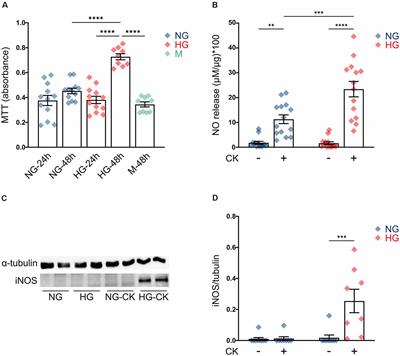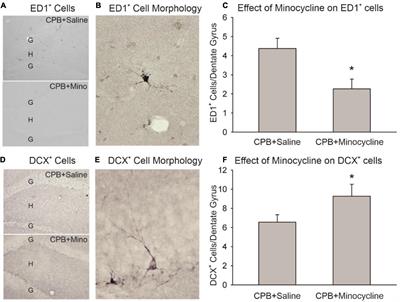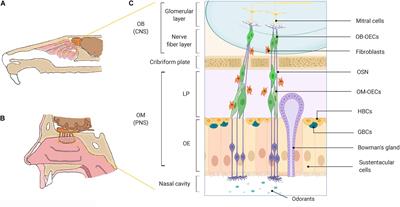EDITORIAL
Published on 25 Apr 2023
Editorial: Glial cells as an emerging therapeutic target in the pathobiology of central nervous system disorders: friend or foe?
doi 10.3389/fncel.2023.1191743
- 955 views
- 2 citations
4,399
Total downloads
17k
Total views and downloads
You will be redirected to our submission process.
EDITORIAL
Published on 25 Apr 2023
ORIGINAL RESEARCH
Published on 24 Jun 2022

ORIGINAL RESEARCH
Published on 18 Mar 2022

BRIEF RESEARCH REPORT
Published on 24 Feb 2022

REVIEW
Published on 17 Nov 2021

ORIGINAL RESEARCH
Published on 03 Sep 2021

